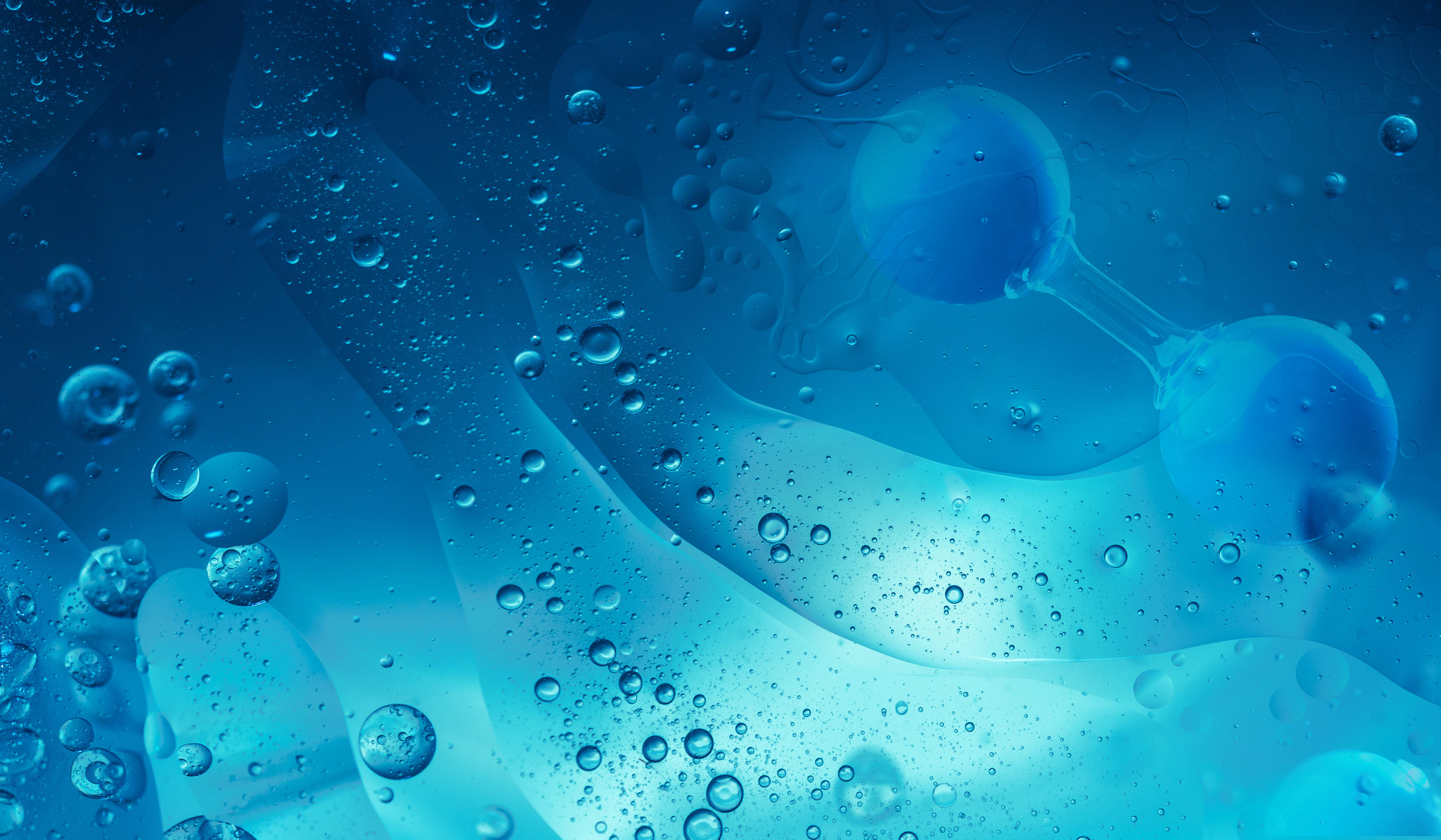DIN EN ISO 12846
Water quality - Determination of mercury - Method using atomic absorption spectrometry (AAS) with and without enrichment (ISO 12846:2012); German version EN ISO 12846:2012
Wasserbeschaffenheit - Bestimmung von Quecksilber - Verfahren mittels Atomabsorptionsspektrometrie (AAS) mit und ohne Anreicherung (ISO 12846:2012); Deutsche Fassung EN ISO 12846:2012
Overview
In natural water sources, mercury compounds generally occur in very small concentrations of less than 0,1 µg/l. Higher concentrations may be found, for example, in industrial waste water. Both inorganic and organic compounds of mercury may be present. Mercury can also accumulate in sediments and sludges. In order to fully decompose all of the mercury compounds in the presence of particles in the sample, an additional digestion procedure is necessary. This additional digestion can be omitted only if significant amounts of previous comparison data clearly demonstrate this. For reliable measurements in the low concentration range, highest purity reagents, clean vessels, mercury-free air in the laboratory and a very stable measurement system are essential. This International Standard is a state of the art revision of existing standards for the determination of mercury by AAS with and without a pre-enrichment step. This serves to combine the advantages of the existing methods with new developments and technique. The following methods were considered: A) Methods without enrichment: - ISO 5666:1999-05, Water quality - Determination of mercury; - EN 1483:2007-04, Water quality - Determination of mercury. B) Methods with enrichment: - ISO 16590:2000-12, Water quality - Determination of mercury after enrichment by amalgamation; - EN 12338:1998-10, Water quality - Determination of mercury after enrichment by amalgamation. This International Standard specifies two methods for the determination of mercury in drinking, surface, ground, rain and waste water after appropriate pre-digestion. For the first method described in clause 6, an enrichment step by amalgamation of the Hg on for example, a gold/platinum adsorber is used. For the method described in clause 7, the enrichment step is omitted. The choice of method depends on the equipment available, the matrix and the concentration range of interest. Both methods are suitable for the determination of mercury in water. The method with enrichment (see clause 6) has commonly a practical working range from 0,01 µg/l to 1 µg/l. The mean limit of quantification (LOQ) reported by the participants of the validation trial (see Annex A) was 0,008 µg/l. This information on the LOQ merely provides the user of this standard with an orientation. The information does not replace the estimation of performance data based on laboratory-specific data. It has to be considered that it is possible to achieve lower LOQs with mercury-specific instrumentation (for example, single mercury analysers). The method without enrichment (see clause 7) has commonly a practical working range starting at 0,05 µg/l. The mean limit of quantification (LOQ) reported by the participants of the validation trial (see Annex A) was 0,024 µg/l. It is up to the user to decide whether higher concentrations are determined in the respective application by omitting the enrichment step or by diluting the samples. The sensitivity of both methods is dependent on the selected operating conditions. Another possibility for the determination of extremely low Hg concentrations down to 0,002 µg/l without pre-concentration is the application of atomic fluorescence spectrometry (see ISO 17852). Specific atomic absorption mercury analysers allow determinations down to 0,010 µg/l without pre-concentration. In general the determination of trace concentrations of Hg by AAS (or AFS respectively) is dependent on clean operating conditions in the laboratory and on high purity chemicals with negligible low Hg blanks. This International Standard may be applied to industrial and municipal waste water after an additional digestion step under appropriate conditions and after suitable method validation. A potential sample stability issue (mercury loss) for anaerobe reducing industrial effluents has to be considered thoroughly.
Document: references other documents
Document: referenced in other documents
Responsible national committee
NA 119-09 FBR - Water quality (CEN/TC 230, ISO/TC 147)


